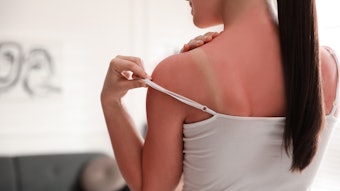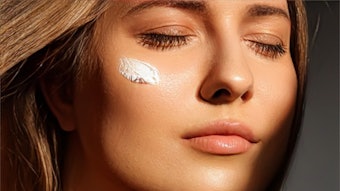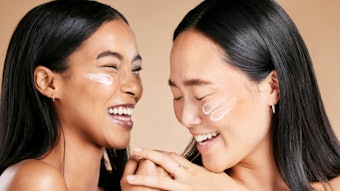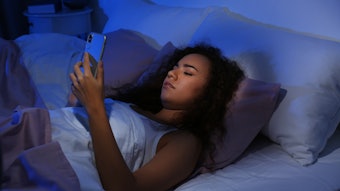The International Agency for Research on Cancer, the cancer-studying branch of the World Health Organization, has named tanning beds as 'potential carcinogens,' possibly leading people to seek alternatives.
International cancer experts have moved tanning beds and other sources of ultraviolet radiation into the top cancer risk category, deeming them as deadly as arsenic and mustard gas. For years, scientists have described tanning beds and ultraviolet radiation as "probable carcinogens."
A new analysis of about 20 studies concludes the risk of skin cancer jumps by 75% when people start using tanning beds before age 30. Experts also found that all types of ultraviolet radiation caused worrying mutations in mice, proof the radiation is carcinogenic. Previously, only one type of ultraviolet radiation was thought to be lethal.
The new classification means tanning beds and other sources of ultraviolet radiation are definite causes of cancer, alongside tobacco, the hepatitis B virus and chimney sweeping, among others. The research was published online in the medical journal Lancet Oncology on Wednesday, by experts at the International Agency for Research on Cancer in Lyon, the cancer arm of the World Health Organization.
"People need to be reminded of the risks of sunbeds," said Vincent Cogliano, one of the cancer researchers. "We hope the prevailing culture will change so teens don't think they need to use sunbeds to get a tan."
Most lights used in tanning beds give off mainly ultraviolet radiation, which cause skin and eye cancer, according to the International Agency for Cancer Research.
The classification of tanning beds as carcinogenic was disputed by Kathy Banks, chief executive of The Sunbed Association, a European trade association of tanning bed makers and operators. "The fact that is continuously ignored is that there is no proven link between the responsible use of sunbeds and skin cancer," Banks said in a statement. She said most users of tanning beds use them less than 20 times a year.
But as use of tanning beds has increased among people under 30, doctors have seen a parallel rise in the numbers of young people with skin cancer. In Britain, melanoma, the deadliest kind of skin cancer, is now the leading cancer diagnosed in women in their 20s. Normally, skin cancer rates are highest in people older than 75.
Previous studies found younger people who regularly use tanning beds are eight times more likely to get melanoma than people who have never used them. In the past, WHO warned people younger than 18 to stay away from tanning beds.
Cogliano cautioned that ultraviolet radiation is not healthy, whether it comes from a tanning bed or from the sun. The American Cancer Society advises people to try bronzing or self-tanning creams instead of tanning beds.
Associated Press, July 29, 2009










